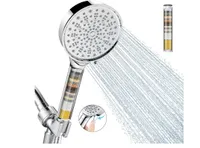Weak shower pressure is draining your wallet — here's 7 ways you can fix it
Fix poor shower pressure and reduce wasted water costs

Low water pressure in your shower is more than just annoying — it's costing you money every time you stand under that pathetic dribble. This problem usually stems from simple issues like clogged shower heads or hidden leaks that you can fix yourself.
According to bathroom experts at Vidalux, most cases of weak shower pressure can be fixed at home without calling expensive plumbers. These simple solutions not only restore powerful water flow but also help reduce water waste and lower monthly utility bills.
Here are seven proven methods to boost your shower pressure while cutting household costs.
1. Clean your shower head thoroughly
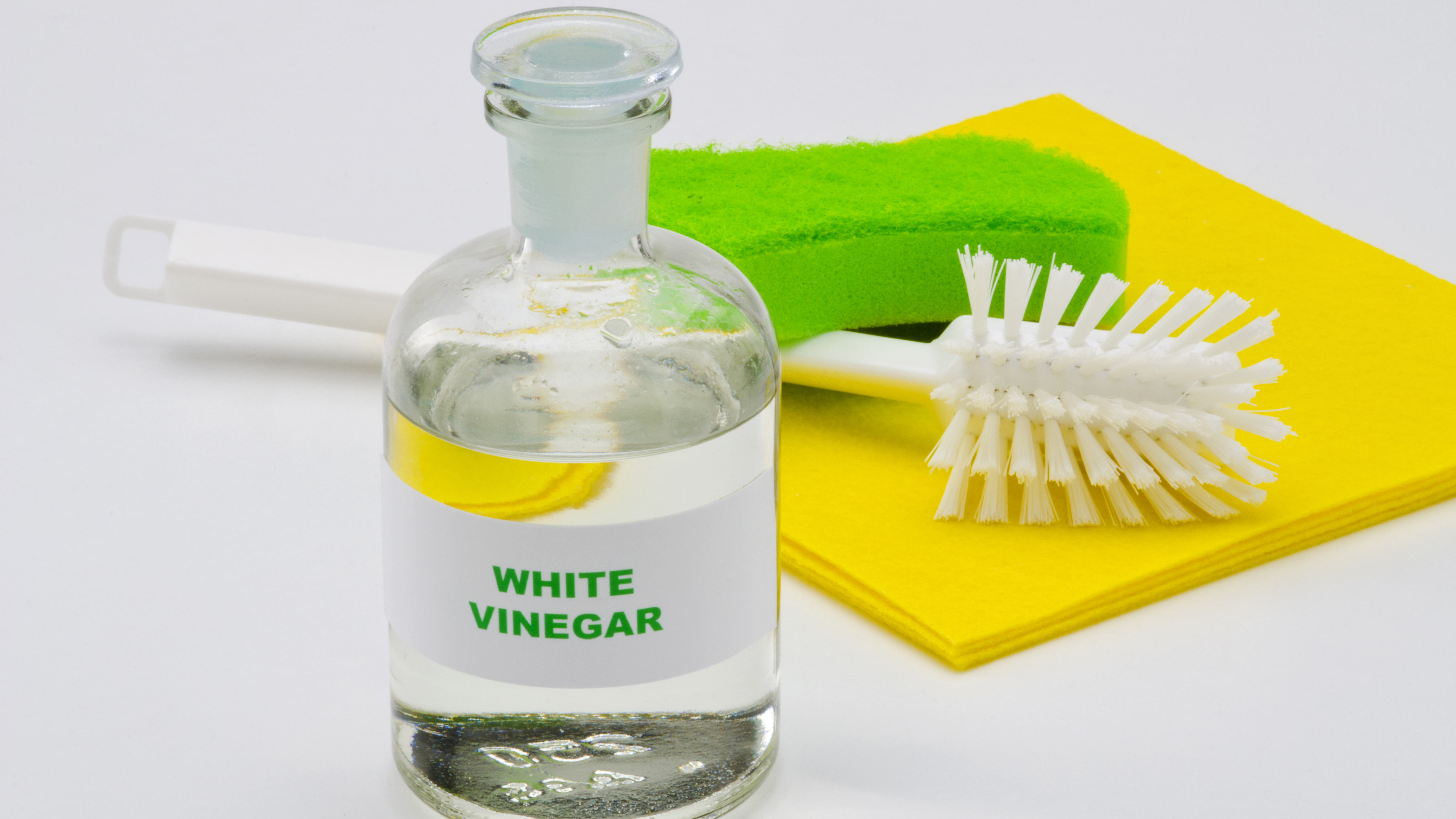
Mineral deposits and limescale build up in shower heads over time, blocking the small holes that deliver water flow. This is one of the most common causes of reduced pressure and the easiest to fix at home.
The experts note that "one of the easiest and most effective low-cost ways to clean a shower head and clear the nozzles is by using a natural cleaning solution of white vinegar and an old toothbrush."
This method costs pennies compared to commercial cleaners and restores flow without harsh chemicals.
2. Check for hidden leaks around your home
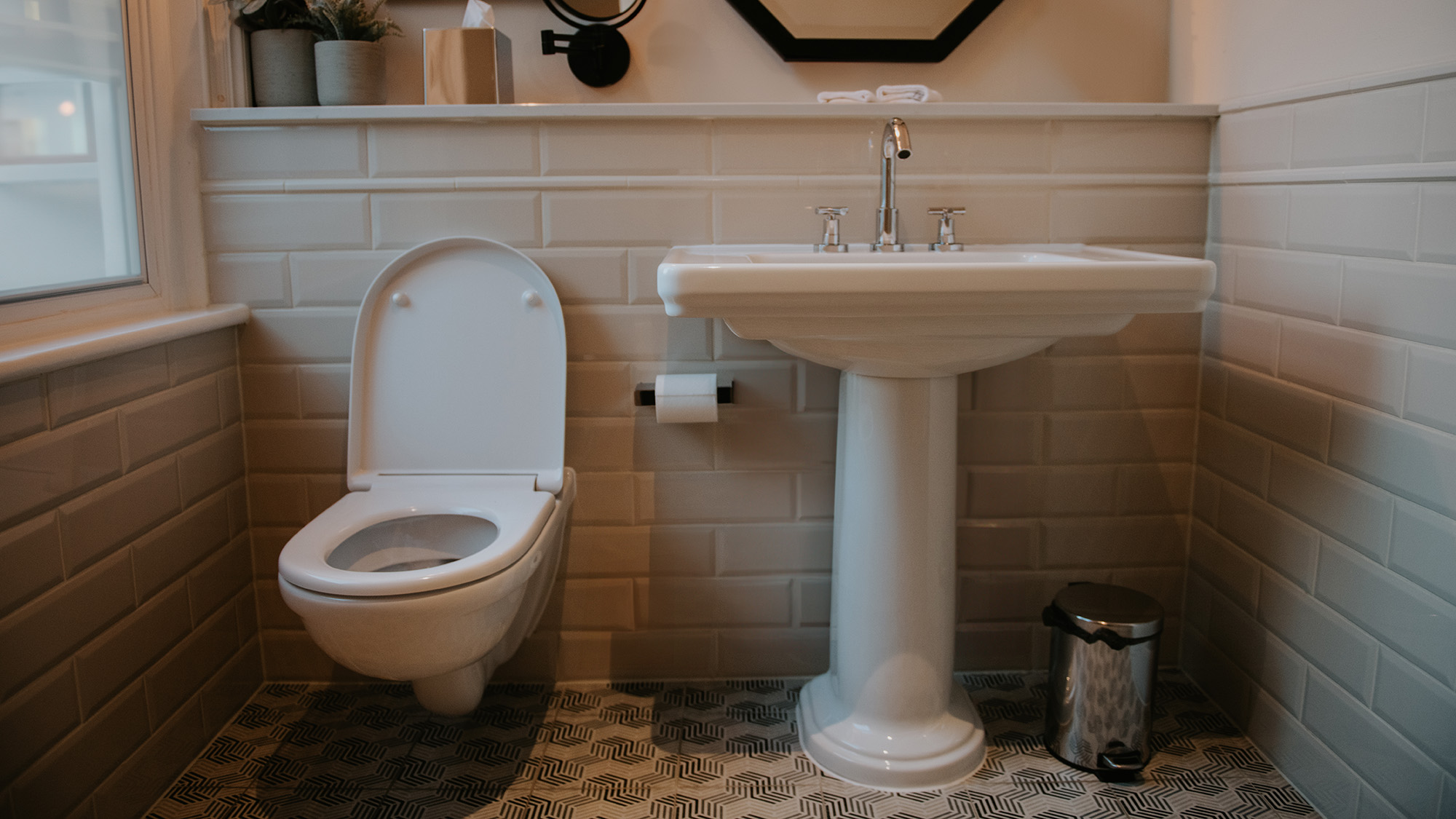
Small leaks throughout your house can significantly reduce water pressure by diverting flow away from your shower. Even seemingly minor drips waste substantial amounts of water and money over time.
Inspect all visible pipes, check under sinks, and look behind toilets for signs of moisture or dripping. Pay attention to dripping taps, which can waste at least 5,500 liters of water at home annually, while a leaking toilet could cost anywhere from hundreds to thousands in plumbing repairs.
According to the experts, "even the smallest of leaks in a home can divert water away from the shower." Fixing these leaks promptly improves shower pressure while preventing expensive water damage and reducing utility costs.
3. Adjust or remove flow restrictors
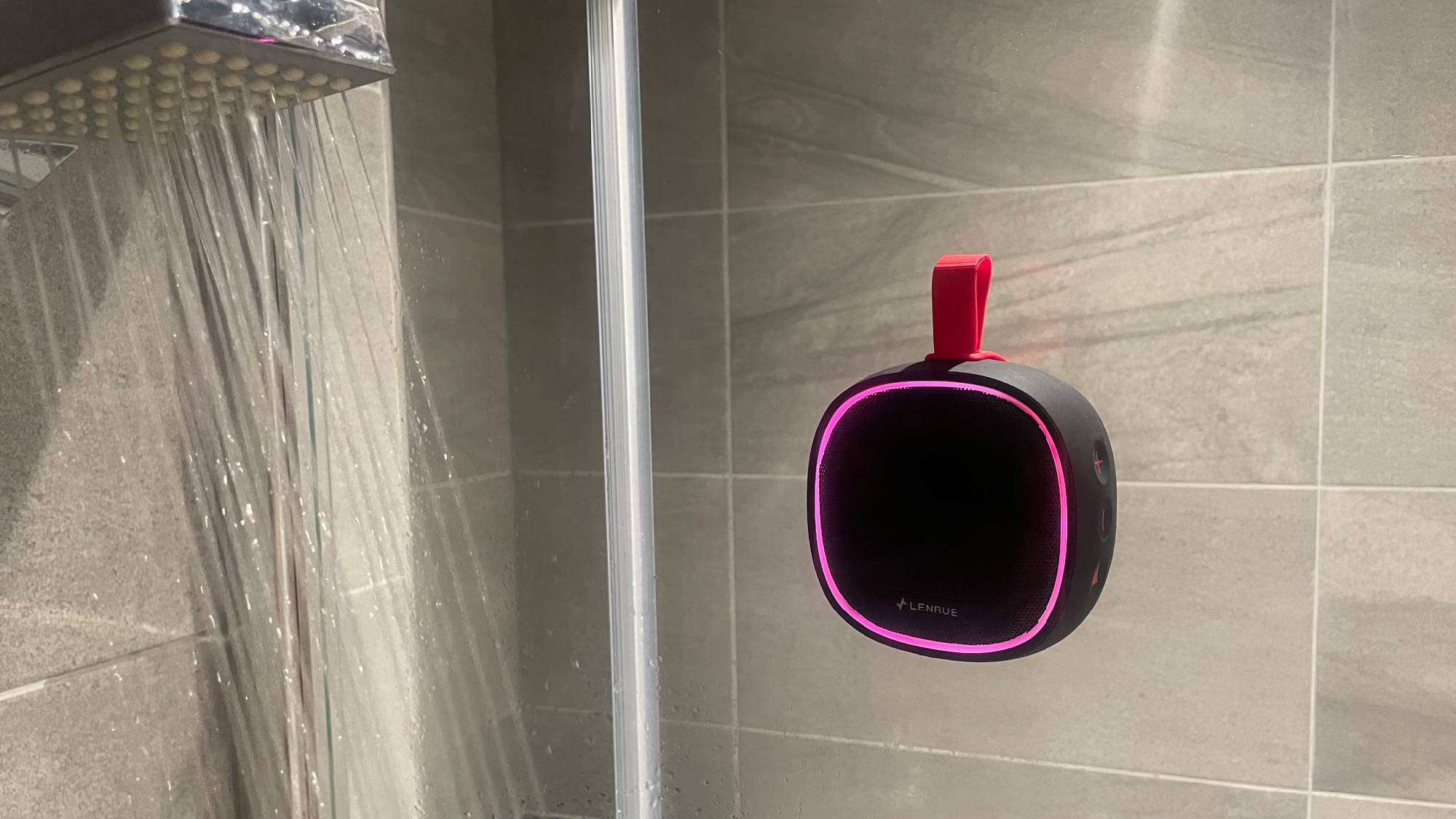
Many modern showers include built-in flow restrictors designed to conserve water, but these can sometimes limit pressure more than necessary. If you prefer stronger water flow, you might consider adjusting these devices.
Consult your shower manufacturer's manual to locate the flow restrictor, which typically appears as a small plastic disk inside the shower head connection. Some can be adjusted for different flow rates, while others can be removed entirely.
Be mindful that removing restrictors will increase water usage, so weigh the benefits of improved pressure against potential increases in water bills. Consider this option only if other methods haven't provided sufficient improvement.
4. Replace outdated shower heads
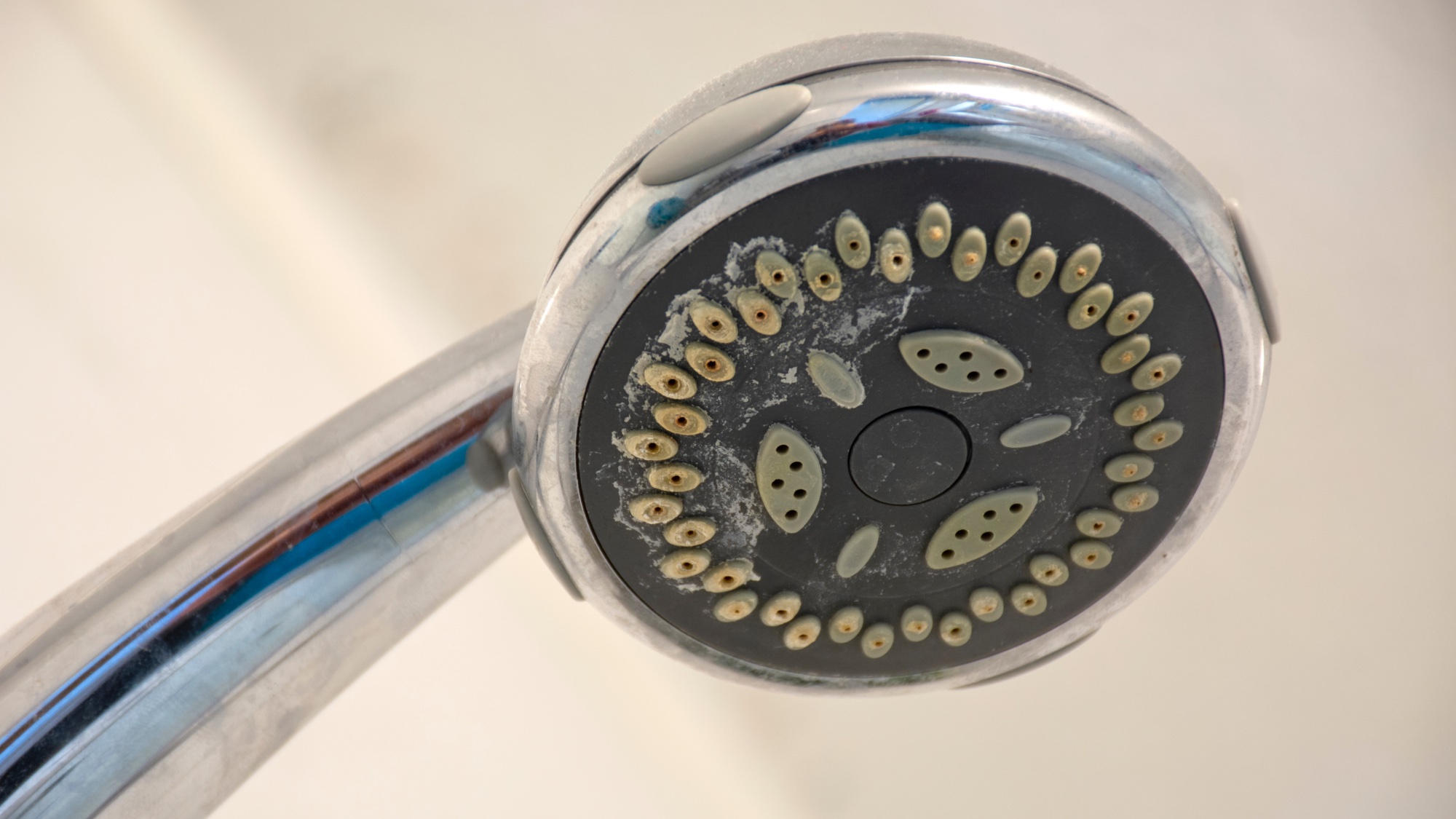
Older or basic shower heads often aren't designed for optimal water flow, regardless of your home's water pressure. Modern high-pressure shower heads use advanced engineering to maximize flow efficiency even with lower pressure systems.
Look for shower heads specifically designed for low-pressure situations, which often feature fewer but larger holes or special internal mechanisms that concentrate water flow.
The experts suggest that "replacing them with a modern, specifically designed high-pressure head is sometimes your best option."
Quality high-pressure shower heads also tend to be more water-efficient than older models, helping offset their cost through reduced water usage over time while providing the powerful flow you want.
Improve your daily shower with filtered water that removes chlorine and reduces dry, itchy skin. Features six spray settings and pressure-boosting technology that works even with low water pressure.
5. Time your showers strategically
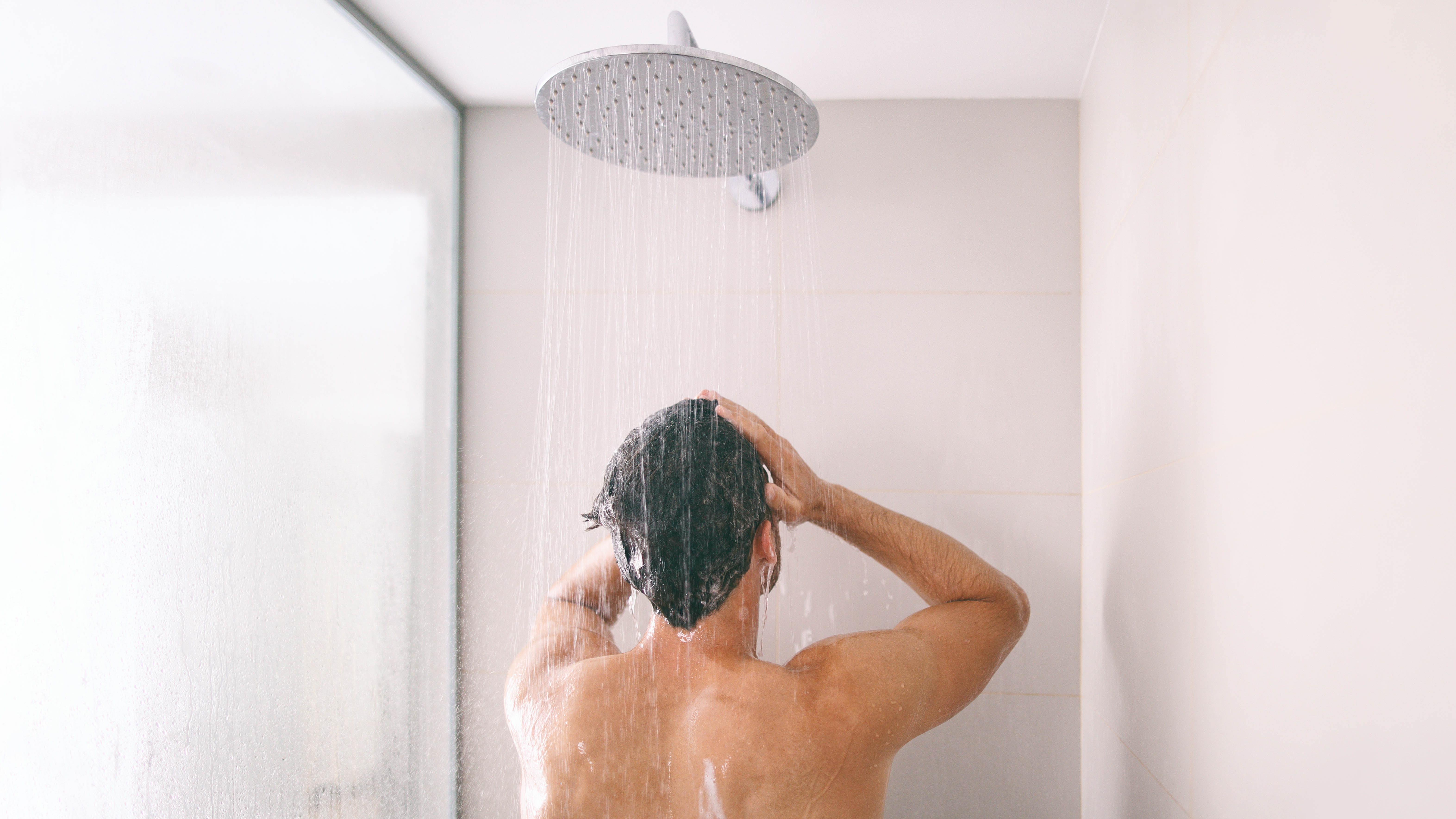
Running multiple water-consuming appliances simultaneously reduces available pressure throughout your home. Schedule showers during off-peak times when other appliances aren't running.
The experts recommend to "avoid showering at peak times when you have the washing machine or dishwasher running, as the appliances will be using a lot of water themselves."
This simple timing adjustment costs nothing but can significantly improve shower pressure, especially in homes with older plumbing systems or lower overall water pressure from the main supply.
6. Ensure your main water valve is fully open

Partially closed main water valves are surprisingly common causes of reduced water pressure throughout homes. This valve controls water flow from the street into your house, and even slight restrictions can impact pressure significantly.
According to the experts, "the cause of low water pressure in a home is often the result of a partially shut main water valve." If the valve was partially closed, you should notice immediate improvement in water pressure throughout your home.
Locate your main water valve, typically found near where the water line enters your property or by your water meter. Turn it counterclockwise to ensure it's fully open — you should be able to turn it until it stops naturally.
7. Install a water pressure booster pump
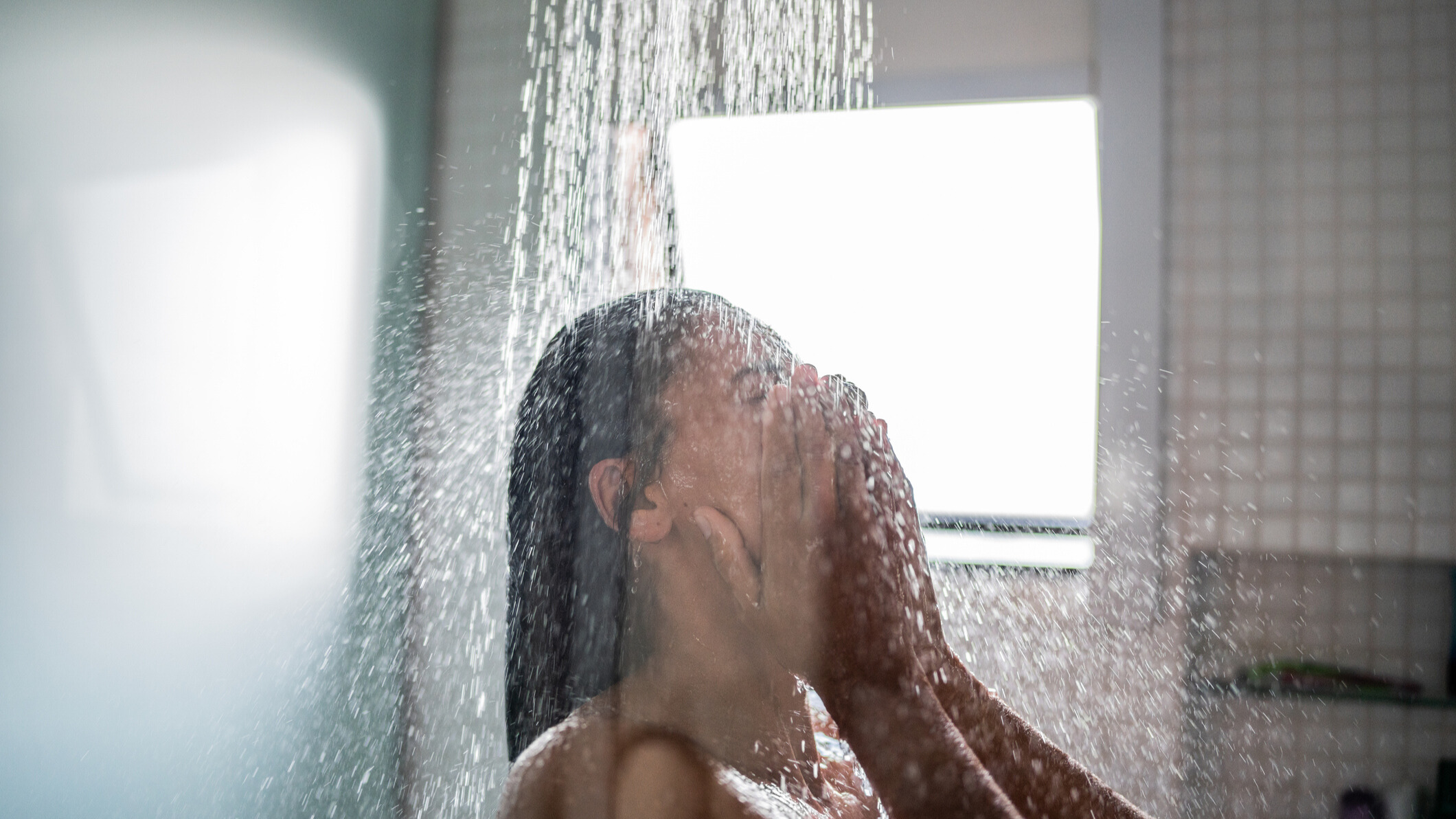
For homes with consistently low water pressure due to location or municipal supply issues, a water pressure booster pump provides a permanent solution. These devices increase water pressure throughout your entire home, not just the shower.
Pressure booster pumps work by using a motor to increase water flow from your main supply line. While they require professional installation and aren't cheap, they can dramatically improve pressure for the entire household.
A Vidalux spokesperson emphasizes that "most cases of weak shower pressure can be fixed at home without calling a plumber, saving homeowners hundreds on bills and water waste."
Consider this option if other methods haven't provided sufficient improvement and low pressure affects multiple fixtures.
Follow Tom's Guide on Google News to get our up-to-date news, how-tos, and reviews in your feeds. Make sure to click the Follow button.
More from Tom's Guide
- Make your yard smell amazing — 9 fragrant plants you need
- How to rat-proof your yard — 5 expert tips to keep rodents away
- This DIY wasp trap costs nothing and actually works — here's how
Get instant access to breaking news, the hottest reviews, great deals and helpful tips.

Kaycee is Tom's Guide's How-To Editor, known for tutorials that skip the fluff and get straight to what works. She writes across AI, homes, phones, and everything in between — because life doesn't stick to categories and neither should good advice. With years of experience in tech and content creation, she's built her reputation on turning complicated subjects into straightforward solutions. Kaycee is also an award-winning poet and co-editor at Fox and Star Books. Her debut collection is published by Bloodaxe, with a second book in the works.
You must confirm your public display name before commenting
Please logout and then login again, you will then be prompted to enter your display name.
